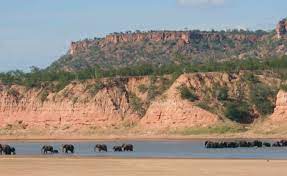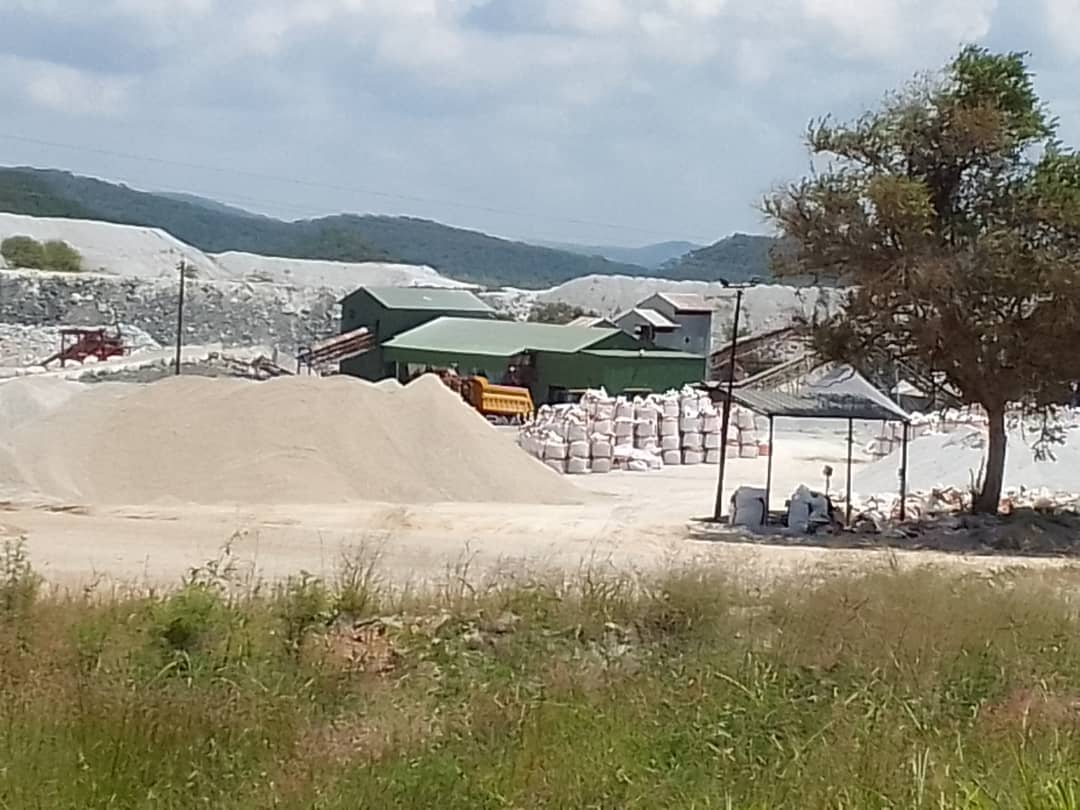Jefta Mlambo
CHIPINGE – Basically, Zimbabwe’s wildlife estate is estimated to be around 47 000km² which narrates to 12.5 percent of the country’s total land area.
This estate, which is managed by the Zimbabwe National Parks and Wildlife Management Authority (Zimparks), is mostly grassland and many mountain ranges that give way to tropical and hardwood forests.
Zimbabwe’s wildlife habitats are characterized mainly by uniform flora in the range of Bushveld / thorny Acacia, Savannah and Miombo or open woodlands.
In the South and South-Eastern parts of Zimbabwe, which are dry lowlands, thorny scrub and baobab trees are extensive. The dominant woody species noted in Northwest Matabeleland, the Sebungwe region, Zambezi Valley and Gonarezhou include the Mopane and Acacia species.
Given the above ecological nature of Zimbabwe’s wildlife estate, it is home to around 350 species of mammals, 500 bird species and 131 fish species (both indigenous and exotic).
Of the estimated 350 mammal species, Zimbabwe is home to around 83 000 elephants and this makes it a second key elephant range state after Botswana which holds more than 130 000 elephants.
Capture by the state
Initially the country had the Wildlife Conservation Authority which protected and preserved wildlife in Zimbabwe. This was later on captured by executive authority and put under total state control. This state capture created difficulties for the local people as they had ceased to have power, control or authority of Wildlife resources.
After realising that the Wildlife Conservation Authority had created problems relating to sustainable exploitation of wildlife resources, which included poaching of wildlife and forestry resources, the Wildlife Conservation Act was introduced in 1960.
The Wildlife Conservation Act of 1960 was then followed by the Parks and Wildlife Act of 1975 which enabled land owners the right to manage wildlife resources for their own benefit, providing an economic rationale to reinforce the scientific, aesthetic and moral justifications for wildlife conservation.
The Parks and Wildlife Act was amended and consolidated in 1982 with species that were supposed to be protected being listed. This is when special permits to access, hunt, transport or trade in wildlife resources were introduced.
Notable Conservation Programmes in Zimbabwe
1) Imire Rhino & Wildlife Conservation
2) Vic Falls Anti-Poaching Unit
3) Painted Dog Conservation
4) ALERT – African Lion & Environmental Research Trust
5) KAWTF – Kariba Animal Welfare Trust Fund
6) MAPP – Matusadona Anti-Poaching Project
7) Midlands Black Rhino Conservancy
On the international scope, the country has key conventions that govern wildlife conservation, management, utilisation and trade at a global scale. These conventions include CITES, CBD, WWF and CI.
CITES (Convention on International Trade in Endangered Species of Wild Fauna & Flora) is an international agreement to which UN member states known as the ‘Parties’ agree voluntarily to adhere to the dictates and policies of international or global wildlife conservation.
Today, CITES accords varying degrees of protection to more than 37000 species of animals and plants.
CBD (Convention on Biological Diversity) is the international legal instrument for conservation of biological diversity, sustainable use, fair and equitable beneficiation arising out of utilisation of genetic resources.
CBD covers biodiversity at all levels including species and ecosystems. The CBD also covers Biotechnology through the Cartagena Protocol on Biosafety. The CBD’s governing body is the Council of Parties (COP) or governments that have ratified the treaty or agreement.
Challenges to conservation
1) Inadequate operational resources including personnel, finances, transport
2) Lack of incentives for the local communities.
3) Lack of knowledge or concern on the dynamics of wildlife resources and ecology.
4) Tensions between wildlife management authorities and the local communities.
5) The fugitive (dynamic) nature of the resource.
To combat challenges that are not directly financially burdensome, the key towards achieving sustainable wildlife conservation is to adopt people-oriented governance systems that include ADMADE (Administrative Management Design) and CAMPFIRE (Communal Areas Management Programme for Indigenous Resources).
Jefta Mlambo is a Chipinge-based journalist and is passionate about wildlife conservation. This article was derived from seminar presentations and personal research.
This report was made possible through support from WAN-IFRA Media Freedom’s Strengthening African Media Programme: Climate Change and Environmental Reporting. Views expressed here do not belong to WAN-IFRA.








